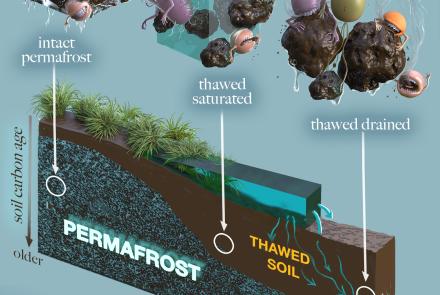The Auroral Oval
Though most of us see the aurora only occasionally, the aurora is, in fact, a permanent feature of the earth. It is always there to see if one is in the right place and darkness conditions permit.
Twin halos called the auroral ovals encircle the two polar regions of the earth. Each oval consists of a band of hard-to-see auroral glow within which are embedded visible auroral arcs, bands and other shapes. The oval in the southern hemisphere is nearly a carbon copy of the one in the north, so when one sees an aurora, he or she can be certain that a similar aurora is occurring in the other hemisphere at the same time. This statement is not quite correct because observations have shown that when a particularly extensive and bright aurora is in one hemisphere the exact counterpart to it in the other might not be found, or at least not at the expected location.
The two auroral ovals pivot around the earth's geomagnetic poles, located near Thule, Greenland and Vostok, Antarctica. They are displaced somewhat toward the nightside of the earth with the consequence being that the ovals extend to lower latitude at night than they do in daytime. Usually the dayside of the northern auroral oval lies about 500 km north of the Alaska-Canada coast of the Beaufort Sea, but at night the oval extends down over the land in this region.
When conditions in the solar wind blowing out from the sun to the earth are quiet, the auroral ovals contract poleward and become quite narrow. During active conditions the ovals enlarge in diameter and widen. Under highly active conditions the northern oval might extend from Barrow to Ketchikan, Alaska. On rare occasions the northern oval may expand to reach southern California; likewise, the southern oval will expand toward the equator, simultaneously.



